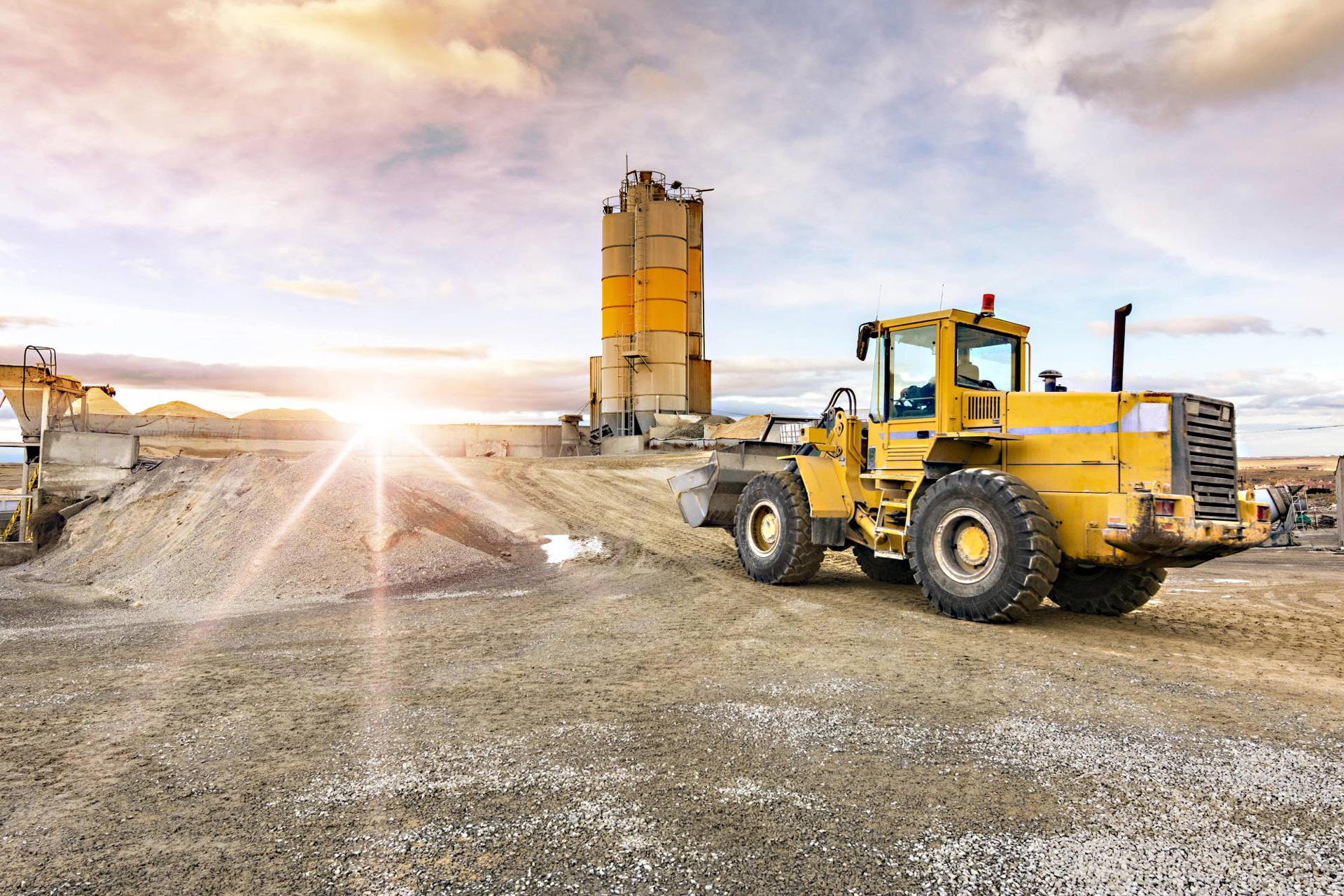, APRIL 7 2021 By executing the mining project portfolio, more than S/ 80 billion of additional tax revenues will be generated for the State by 2031

- The start-up of mining projects could create 3.8 million of direct and indirect jobs.
- It is estimated that by 2031 mining will benefit 36% of the national population.
The execution of the mining project portfolio - valued at US$ 56.158 billion - will generate additional fiscal resources for Peru of more than S/ 80 billion by 2031. And in that year, mining will benefit more than 15.5 million people (more than 36% of the national population) through 3.8 million of direct and indirect jobs.
According to the study “Mining: Development Opportunity In The Face Of The National Crisis” -developed by the Peruvian Institute of Mining Engineers (IIMP) and the Center for Competitiveness and Development (CCD) of the San Martín de Porres University, and presented as part of the activities of Heading to PERUMIN - in the last 20 years (2001-2020), mining has generated more than S/ 127 billion for the State through taxes and fiscal contributions, figures that represent 464 level III hospitals; 254,644 ICU beds and more than 50,000 oxygen plants.
Likewise, the study highlights that the startup of the project portfolio would contribute to reducing national poverty to 15% within the next ten years (by 2031). This would represent 12 percentage points less than the current poverty rate, which would have risen to approximately 27% (at the end of 2020) due to the effects of the pandemic.
Role of mining in development
In the virtual event organized by the IIMP, where the study was introduced, Claudia Cooper, president of PERUMIN 35, highlighted the important role that mining plays in the development of the country.
“We consider that mining is transversal to many of these challenges and fundamental in trying to face them successfully, and we want to demonstrate with research, figures and projections what we can achieve as a country by fostering a modern and responsible industry that generates prosperity within its closest environment and for the country as a whole”, said Cooper.
For Carolina Trivelli, main researcher of the Institute of Peruvian Studies (IEP), in addition to the resources generated by mining, we need a State with management capacity.
“It is not about the millions that exploitation of natural resources can generate, but we rather must ensure the ability to spend and invest well, to turn those resources that come from the exploitation of a non-renewable resource into human capital, the sustainable development capacity over time; and I believe that the role of the State is fundamental as a public investor that requires a lot of support”, she said.
Ricardo Fort, main researcher of the Group for the Analysis of Development (Grade) has a similar opinion, who also added that “the most difficult poverty to reduce is found in many mining areas, and the State’s shortcomings complicates things even further because it does not make planned investments in the territories.”
In his turn, Zetti Gavelan, director of the Peruvian Institute of Mining Engineers, commented that transformation into development requires coordinated work between the private sector and the State, as well as understanding how important mining is now and will be in the future.
“We have in mining a development instrument; If we do not use it, in simple terms we are not going to be able to get that benefit for our country”, noted Gavelan.
Data:
- It is estimated that mining would have an important contribution to national economic growth, with 1.3 percentage points annual average by 2031 (approximately one third of the country’s potential economic growth).
- Between 2004 and 2019, the poverty rate has dropped 38.5 percentage points, to 20.2%. Without the proper use of mining resources, the population living in poverty would have been 35.5%.
- Since 1980, mining represents more than 50% of Peru’s total exports. In 2020 alone, these represented 61%, generating revenues of more than US$ 25 billion.
- Investments in the sector in the last 25 years (1995-2020) reached US$ 80.857 billion as additional income for the country.
- Of the total tax revenue, S/ 66 billion were mining canon and royalties transferred to regions.







